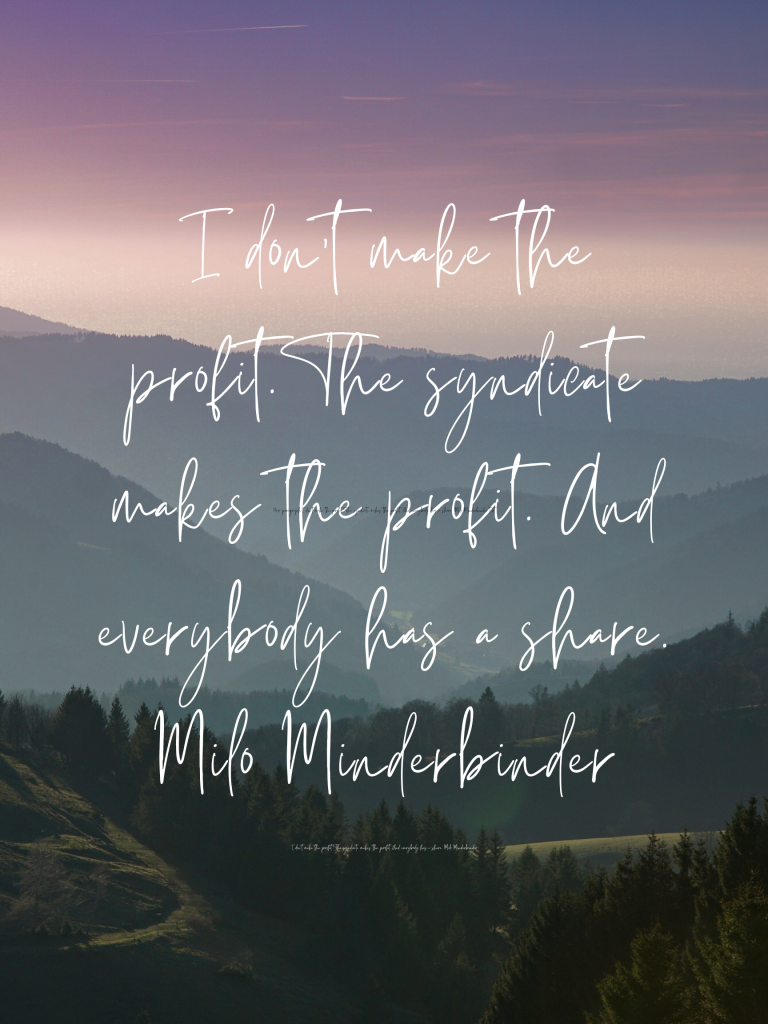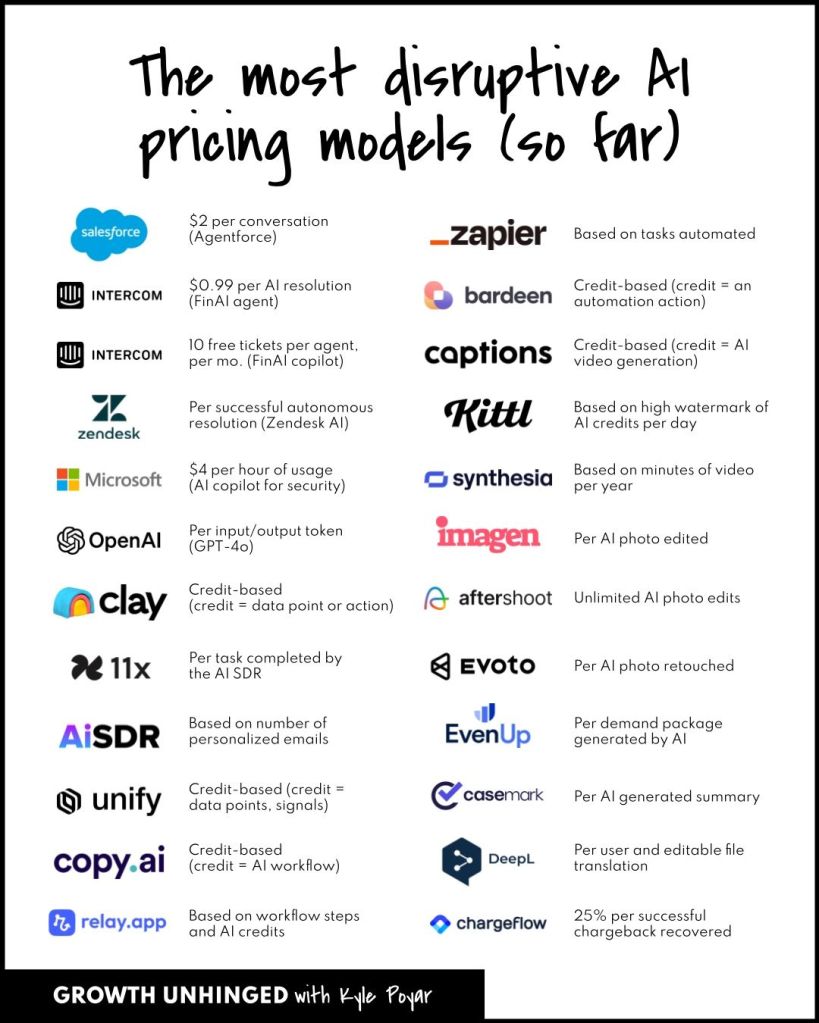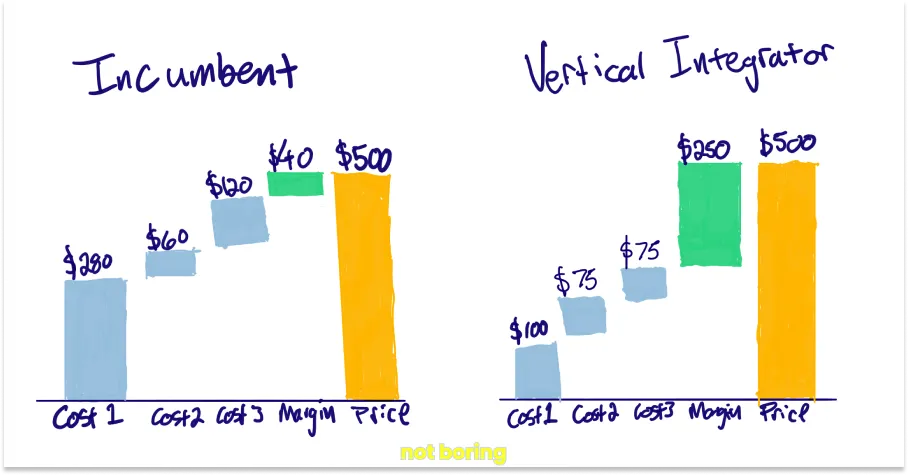Fundamental Shifts
- Meg Bear
- Nov 14, 2024
- 4 min read
Updated: Jan 13
History Often Repeats
The business of software is changing, luckily we have seen this movie before (sort of).
In the days of on premise software, we built once, sold multiple times, charged recurring maintenance and watched the beautiful profits grow. We had budgets for expensive things like user conferences, team building and morning bagels and pizza fridays.
Of course, nothing lasts forever, and as we shifted to cloud solutions we traded profit-heavy software to predictable recurring revenue. We moved to renting vs. buying and enjoyed the opportunity to accelerate innovation and smooth out the rough spots between software delivery, improvement and user adoption. With this shift, we also evolved the way we built software – moving from waterfall to agile and recognizing the value of iteration.
Being part of this transition at a few different companies, I learned that business heritage (on premise vs. cloud) has a huge impact, not only on the engineering processes and transformation goals, but also the overall intuition of cost and growth. Understanding what cost levers exist (and what happens when you adjust them) is very different depending upon when (and often where) the business first achieved commercial success.
Frequently, the first commercial product success not only defined the company cash cow (at least for those companies that were successful) but also the foundational business context (likely another example of Conway’s law at play). It is this foundational business context that often becomes the barrier for new growth. It’s not a lack of data driven insights, it’s that the data is misleading because the context changes and the lack of first principles understanding becomes a barrier to crossing the chasm. Note: In some cases it’s actually not a lack of awareness but the financial complexity of shifting contexts, especially if the business is publicly traded and or a compensation based comprehension gap.
Cost v. Price
An observational cheat code for business context change is shifting pricing models.
Pricing models define business models, establish revenue capture norms and impact downstream cost assumptions. Kyle does a great job explaining what disruptive pricing models are emerging and how the shift impacts downstream business (and investor) behaviors.
I’d like to spend some time on the software business unit economics because if you miss this part of the story you will likely be leapfrogged by someone who doesn’t.
It did not take long after the launch of ChatGPT for investors, boards and leadership teams to begin to ask about how this would translate into value creation. A general expectation of labor efficiency is a reasonable assumption based on the capabilities that exist with AI. Companies are beginning to talk about revenue per employee which is great to see, but if we fail to notice the material shift in operational costs we could be missing an important point.
In the last year, most of us have gotten weary of both the over hype and the under appreciation of the shift. This is the nature of uncertainty.
Building a durable software business
As I’ve been advising startups and big companies (and everything in between) on the practical steps to structurally sound innovation, I am recognizing the need to get back to fundamentals. I believe there are key skills you need to navigate this kind of future successfully. They were always important, but in the past you probably could be successful just following leaders in your space, today I truly believe we will see winners and losers, probably due to the nature of bubbles.
Know your market and your customers – it’s not sufficient to know only one of these – you need to understand your customers enough to know how to tell the difference between what they want, what they need and what they will pay for. You need to understand the market enough to recognize the difference between fashion and trend (or to quote Amy Wilson – shiney vs. useful). Chasing fashion is great, but short lived. Being out of fashion is a disaster, but so too is not having a durable vision.
Understand price and cost elasticity – building a sustainable business today requires you to understand how you make money and why. Recognizing if you have both a competitive moat AND a differentiated margin and keeping an eye on both as things change.
Track More Data – Avoid overconfidence in your data and playbooks. Track your assumptions but also your anti-assumptions. Understand which business model assumptions you are leaning on and look for breakdowns or flaws in the core assumptions as a practice. Look for your own biases and filter bubbles and try to make them visible. Create tripwires in your analysis that will remind you to re-evaluate when things change.
Expand the market definition – In the same way that business software user experience (UX) expectations shifted based on consumer experiences, so to will capability needs jump industries. As we shift from land and expand to success based revenue models, we will likely see innovation and expectation shifts from non-vertical competition. Understanding where your product fits in the IT landscape of your customer is an important place to start. Building more diverse and interdisciplinary teams will help expand your thinking and uncover your weak spots.
While this next phase of software is clearly going to have some unexpected twists and turns, you can easily see that the gap between average and excellent requires a much better foundation in the business fundamentals.
We used to talk a lot about 10x engineers, I believe we are entering the era of 10x business models where incremental will be insufficient. Now is the time to elevate your business understanding so that you can avoid too much bikeshedding and survivorship bias and make sure you are getting started in the right direction.





Comentarios